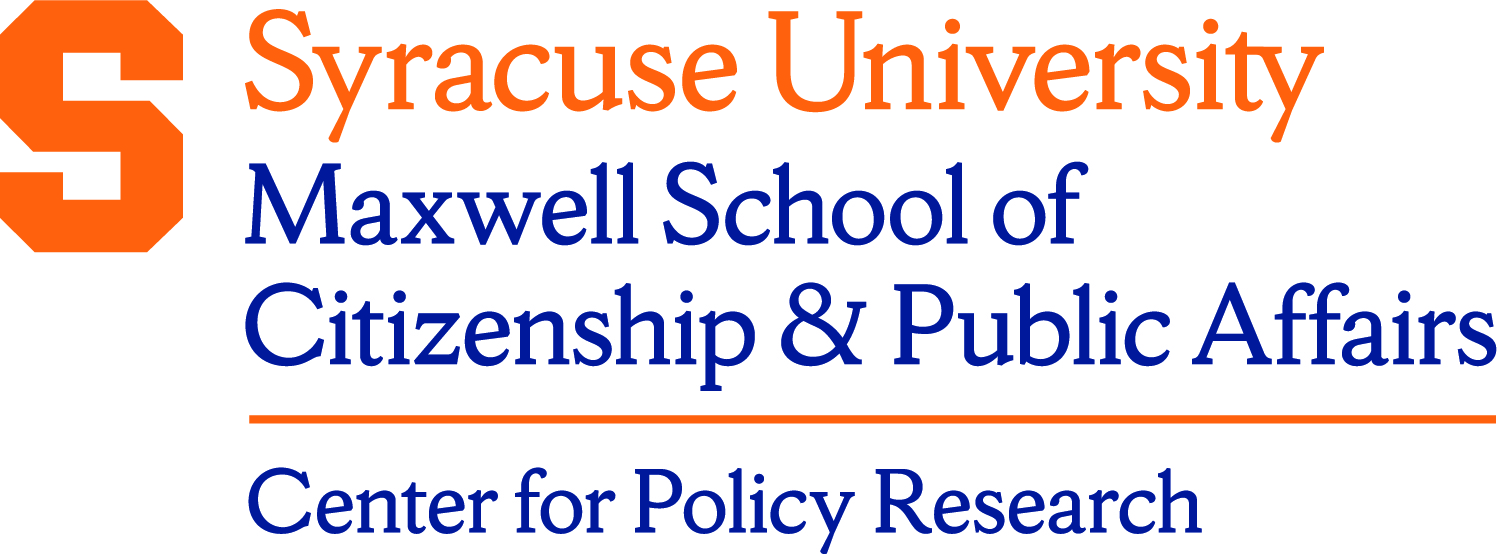Description/Abstract
Drug overdoses surged in the U.S. during the COVID-19 pandemic. Public health experts raised concerns in the pandemic’s early months about how the pandemic and the policies enacted to stem it might increase overdose risk. This brief summarizes the findings of a paper that used national data to identify how states’ COVID-19 policies affected drug overdose rates among U.S. adults ages 25-64 during the first year of the pandemic. Results show that counties located in states that adopted more aggressive in-person activity restrictions experienced larger increases in 2020 than counties located in states with fewer limitations. State economic support policies helped reduce overdose mortality rates, but not enough to offset the effects of the physical distancing policies.
Document Type
Policy Brief
Date
5-15-2024
Keywords
COVID-19, Substance Use, Drug Overdoses, Population Health
Language
English
Funder(s)
National Institute on Drug Abuse (NIDA)
Funding ID
U01DA055972
Series
Policy Briefs Series
Acknowledgements
This research was supported by the National Institute on Drug Abuse (NIDA) (U01DA055972). The views expressed in this brief do not necessarily represent the views of NIDA.
Disciplines
Demography, Population, and Ecology | Public Affairs, Public Policy and Public Administration | Public Policy | Sociology | Substance Abuse and Addiction
Recommended Citation
Wolf, Douglas, Monnat, Shannon, Karas Montez, Jennifer, Wiemers, Emily, and Grossman, Elyse. (2024). States’ COVID-19 Restrictions were Associated with Increases in Drug Overdose Deaths in 2020. Center for Policy Research. Policy Brief #12. Accessed at: https://surface.syr.edu/cpr/487/
Creative Commons License

This work is licensed under a Creative Commons Attribution 4.0 International License.
Included in
Demography, Population, and Ecology Commons, Public Policy Commons, Substance Abuse and Addiction Commons



